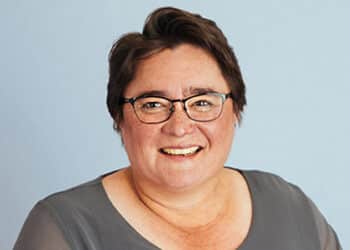Tim Miller, technical and education manager for Smarter SMSF, said planning for multiple pensions is not too dissimilar to planning for a spouse from a pension point of view.
“Whether a pension is a reversionary pension or a death benefit income stream, it requires a little bit of planning, and often that planning coincides with an amount that’s going to push a member over the transfer balance cap,” he said.
He said a transfer balance account is “measured at the end of the day”, which means that if the value of the transfer balance account is known, as is the amount held in accumulation, it is easier to calculate the “unders and overs”.
“To me, it’s one of those situations where you know you can commence a pension on one day for the full value of the accumulation amount, given the tax-free percentage, and then on the same day do a partial commutation of the existing pension and roll back a more appropriate tax-free, taxable amount to the accumulation interest,” he said.
Aaron Dunn, CEO of Smarter SMSF, explained that if a member moves the allowable amount to their transfer balance cap, they might not fully utilise all the tax-free money available in a second pension.
“We’re trying to lock in that tax-free portion based upon the monies that reside within the accumulation account prior to moving into the retirement phase, so then the question is whether we should be rolling back part of that amount,” he said.
“The timing becomes important because you have an end-of-day approach and when we look at that reporting, which is done daily, it’s done from the transfer balance account provisions.”
Miller noted that if the adjustment is made first, the money ends up back in accumulation, which can only accrue one type of interest, thus “somewhat” diminishing the tax-free percentage.
“This may not be significant in some instances, but I think the option of starting a pension first and then doing the commutation from the first pension is the more appropriate way if there is a consideration of the tax-free and taxable rate,” he said.
Dunn added this is relevant where the balance that is ultimately going to move into retirement phase, and assessed against the TBC, would create an amount over what the available limit is.
“This is not going to be relevant for someone that might have a $300,000 pension in existence, and they’re going to add another pension that’s going to be within the confines of the transfer zone,” he said.
“It’s important to understand the nuances because not only are you looking at the timing of when those contributions may have been made originally, but also then contemplating how and when you might be starting those and to what extent you’re going to be starting those pensions.”


